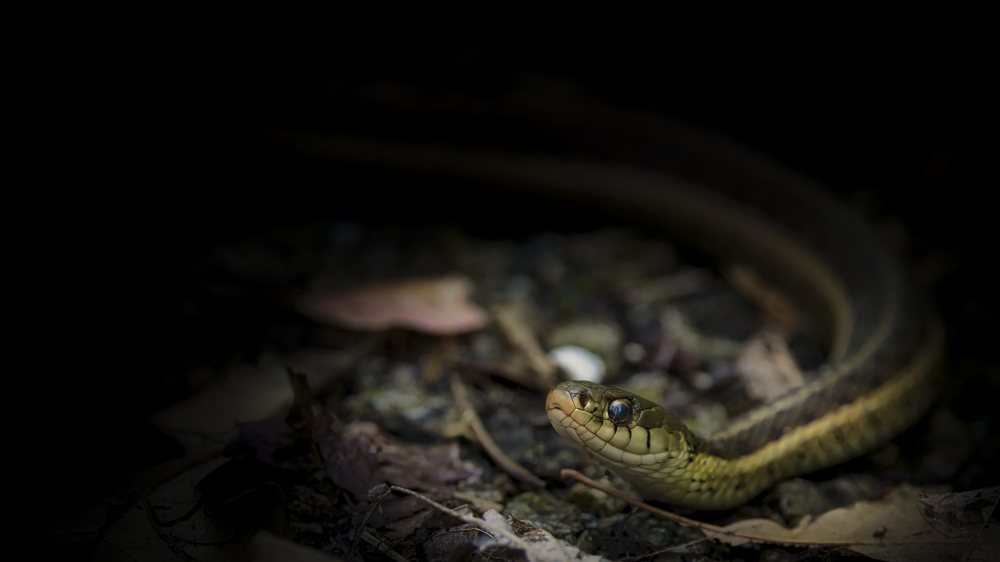
Eastern Chipmunk
(Tamias striatus)
The Eastern Chipmunk (Tamias striatus) is a small, ground-dwelling rodent native to North America. It is one of the most common chipmunk species found in the eastern part of the continent, hence its name.
Appearance
Eastern Chipmunks have a compact and sturdy build, with a body length of about 5 to 6 inches (12.7 to 15.2 centimeters) and a tail length of approximately 3 to 4 inches (7.6 to 10.2 centimeters). They have a reddish-brown fur color on their upper body, a white underside, and prominent black and white stripes on their face and body.
Habitat
Eastern Chipmunks inhabit a variety of environments, including deciduous forests, woodlands, suburban areas, and parks. They construct intricate burrow systems that can be quite extensive, with multiple entrances, tunnels, and storage chambers.
Behavior
Chipmunks are known for their energetic and active behavior. They are diurnal creatures, meaning they are primarily active during the day. They are solitary animals and typically defend their territory from other chipmunks. Eastern Chipmunks are also known for their hoarding behavior, collecting and storing food in their burrows for the winter months.
Diet
Eastern Chipmunks are omnivorous, with a diet that consists of nuts, seeds, fruits, berries, fungi, insects, bird eggs, and even small vertebrates. They have expandable cheek pouches that allow them to carry food to their burrows for storage.
Reproduction
Chipmunks breed in early spring and again in early summer. Females have a gestation period of around 30 days and give birth to a litter of 2 to 8 offspring. The newborn chipmunks are blind, hairless, and completely dependent on their mother for care and nourishment. They mature quickly and leave the nest at around 6 to 8 weeks of age.
Predators and Lifespan
Eastern Chipmunks face predation from a variety of animals, including birds of prey, snakes, foxes, and domestic cats. Their average lifespan in the wild is typically 2 to 3 years, although some individuals can live up to 8 years in favorable conditions.
Overall, the Eastern Chipmunk is a charming and agile creature known for its busy nature, distinctive appearance, and ability to gather and store food.
